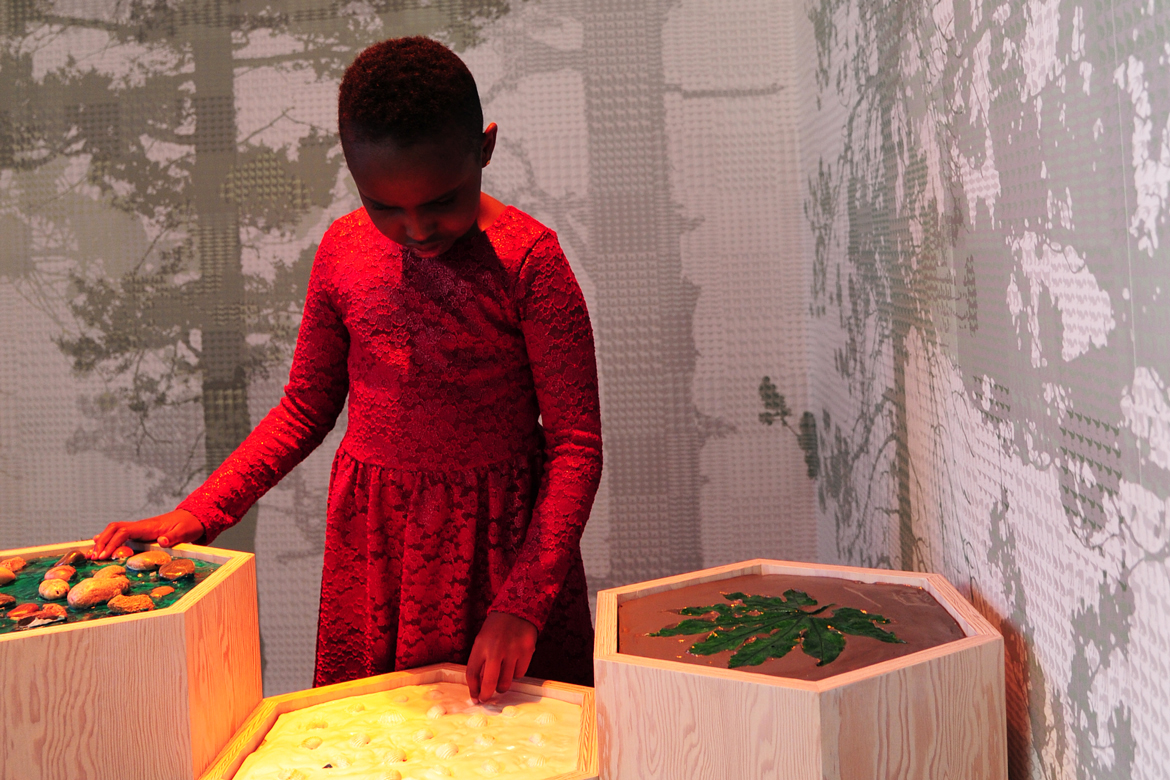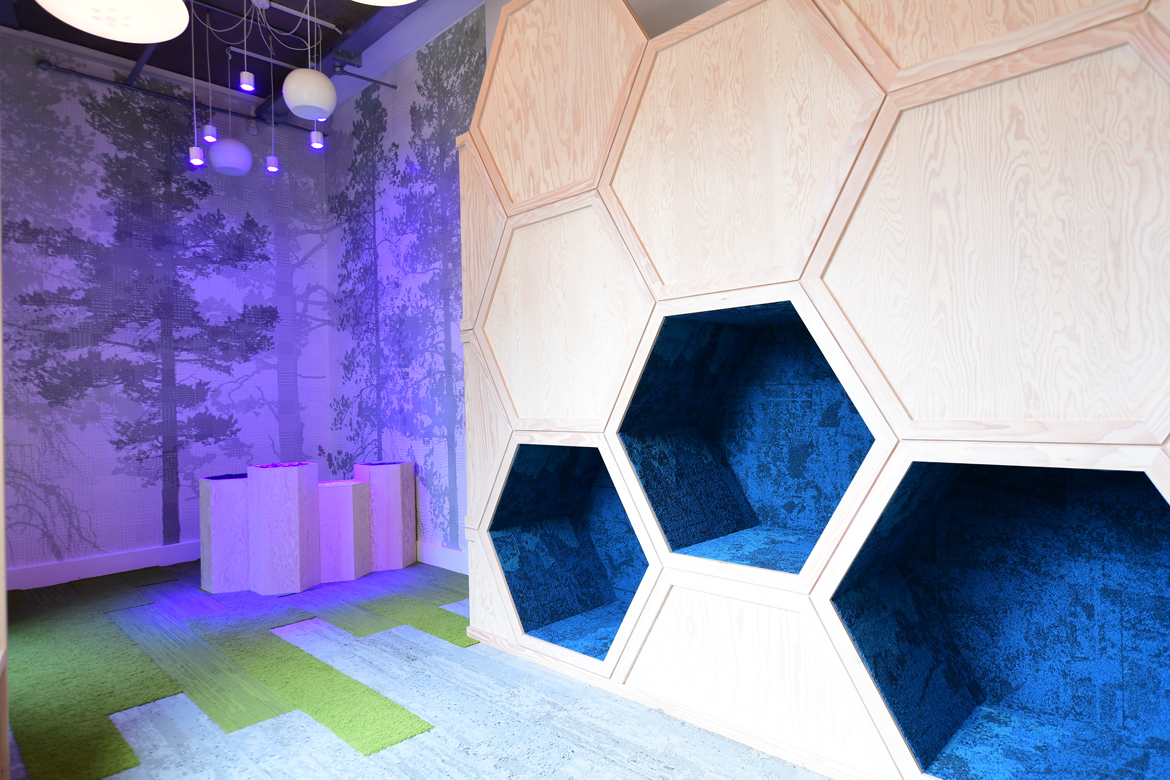Biophilic Design Benefits Students, Even in Schools with Tight Budgets
Long before the term ‘biophilia’ entered the scientific lexicon in the 1970s, it served as an innate design practice. In Hellenistic Greek and Roman architecture, open-air courtyards functioned as the center of the home complete with gardens, fountains, and sculptures. The courtyard, or peristyle, provided a calming respite with fresh air, natural light, and views of nature. Though few homes today are built around secluded outdoor oases, biophilic elements enable designers to create similarly stimulating and restorative spaces in built environments, ultimately improving the health and wellness of those within them.
The linguistic roots of the term biophilia, coined by social psychologist Erich Fromm in the 1970s, reflect the heart of its meaning: love of life, according to the Biophilia Foundation. Biologist and author Edward Osborne Wilson popularized the term in the 1980s by introducing the biophilic hypothesis in his book Biophilia, which posits the human need to connect with nature. In other words: it’s in our DNA that we need exposure to nature to thrive.

But can dreary spaces be transformed into biophilic havens, even on a budget? The answer is yes, despite the misconception that adding biophilic design elements to an existing space is challenging and costly. Bill Browning, founding partner at the environmental consulting firm Terrapin Bright Green, says even incorporating a few elements like carpet, wallpaper, or shades with fractals–patterns that mimic those found in nature–can create significant wellness benefits. “Think about using fabrics, finishes, and materials that have fractals within them, like wood with a visible grain” says Browning.
Mounting research shows the benefits of nature are nearly instantaneous, kicking in within seconds of exposure, largely due to our fractal fluency. “When we see fractals in the built environment, the brain is pre-disposed to process them easily, which lowers our stress response,” adds Browning. Natural elements are believed to restore—rather than deplete—mental energy and enhance creativity. The Attention Restoration Theory posits that viewing and experiencing nature engages a different part of the brain than the part used for short bursts of focus, giving it an opportunity to reset.

A prime example of biophilic design is the nature-inspired indoor play area at The Garden School, Hackney, in London, which caters to students with autism. The play area, designed by Oliver Heath, incorporates many of the biophilic elements established in Terrapin Bright Green’s foundational report: “14 Patterns of Biophilic Design: Improving Health and Well-Being in the Built Environment.” A fundamental primer on biophilic design, the report details the relationship between patterns in nature–including physical and material expressions as well as subliminal cognitive stimuli–and their benefits to well-being. Ongoing research indicates the presence of a fifteenth pattern, which will be revealed in a book that Browning expects to release in 2020.
The Garden School, Hackney wanted to create an area where children could experience nature in a controlled environment, helping to mitigate stress. “Because we haven’t got the opportunity to introduce real, direct forms of nature into the space, the use of indirect elements of nature has been absolutely vital to create that natural feeling to the room” says Heath in a video clip about the school’s design produced by Interface. The room includes dimmable LED lights, window seats, interactive nature-like features with light and sound, and a wall of hexagonal cocoon-like cubes that are lined with Interface’s Net Effect carpet in a deep blue shade. The cubes serve as an area of refuge—a vital element in the space.

“There’s all sorts of ways biophilic design could be introduced into education spaces, it’s not about spending lots of money,” says Heath as the video concludes. “It’s simply about understanding and recognizing the opportunities we have as designers to improve that connection to nature.”
Designers looking to incorporate biophilic design elements into a space will want to consider these three concepts from the Terrapin Bright Green report—Nature in the Space: integrating plants, water, sound, lighting, or textures; Natural Analogues: specifying materials and patterns that evoke nature; and Nature of the Space: designing configurations for depth, openness, and refuge. From a window shade to a textured carpet tile, every individual aspect of an interior offers the opportunity to connect with nature.


